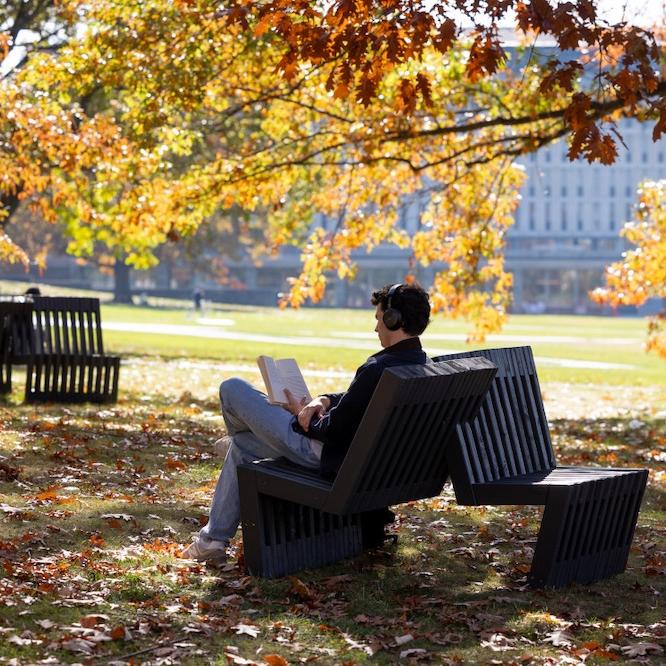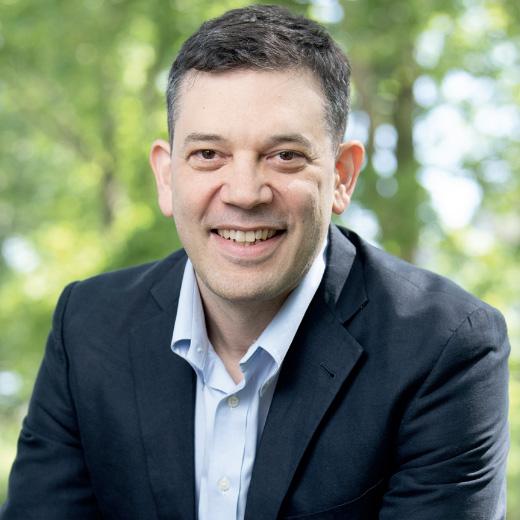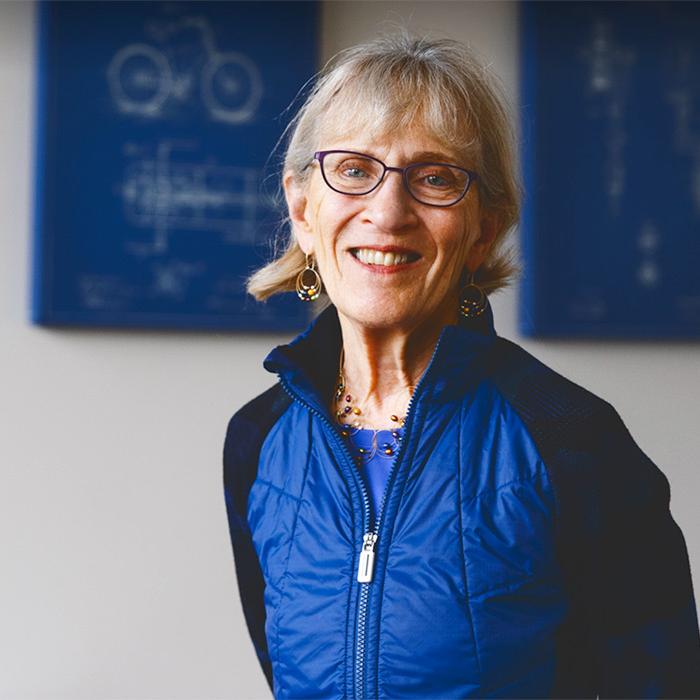
 Department Homepage
Department Homepage
Faculty mobilize to provide virtual instruction
Cornell's Center for Teaching Innovation is helping faculty prepare for the shift to virtual learning April 6.




